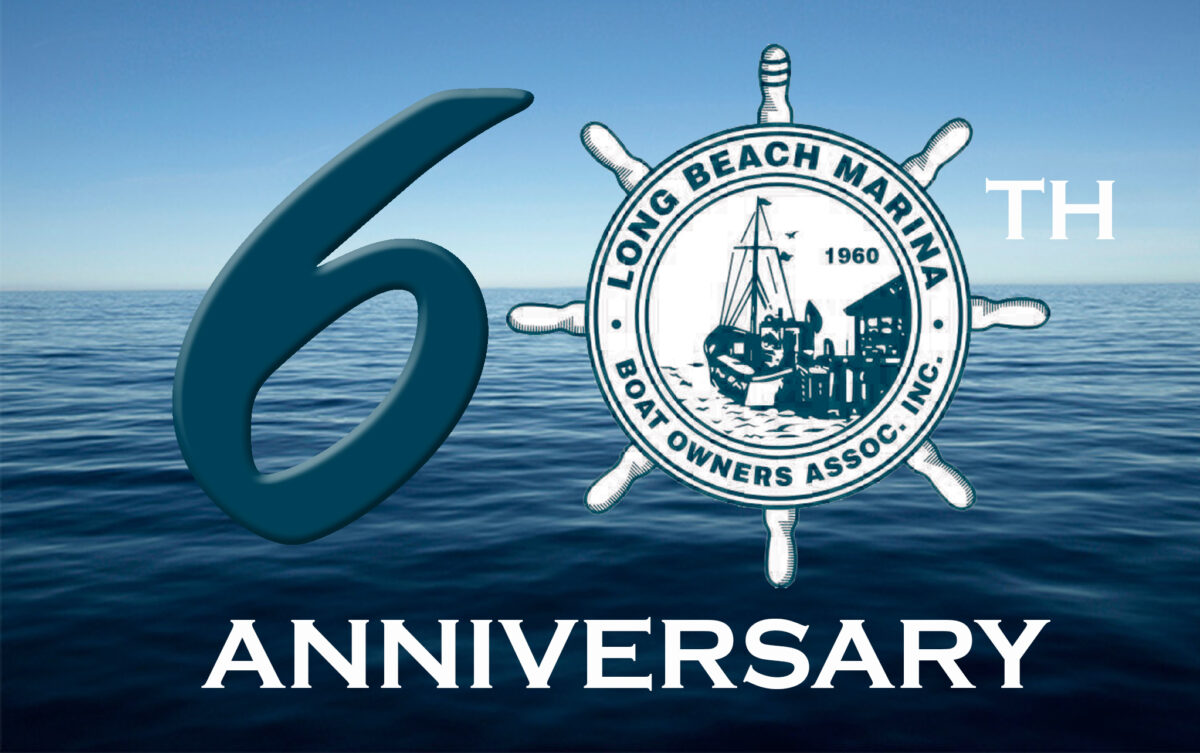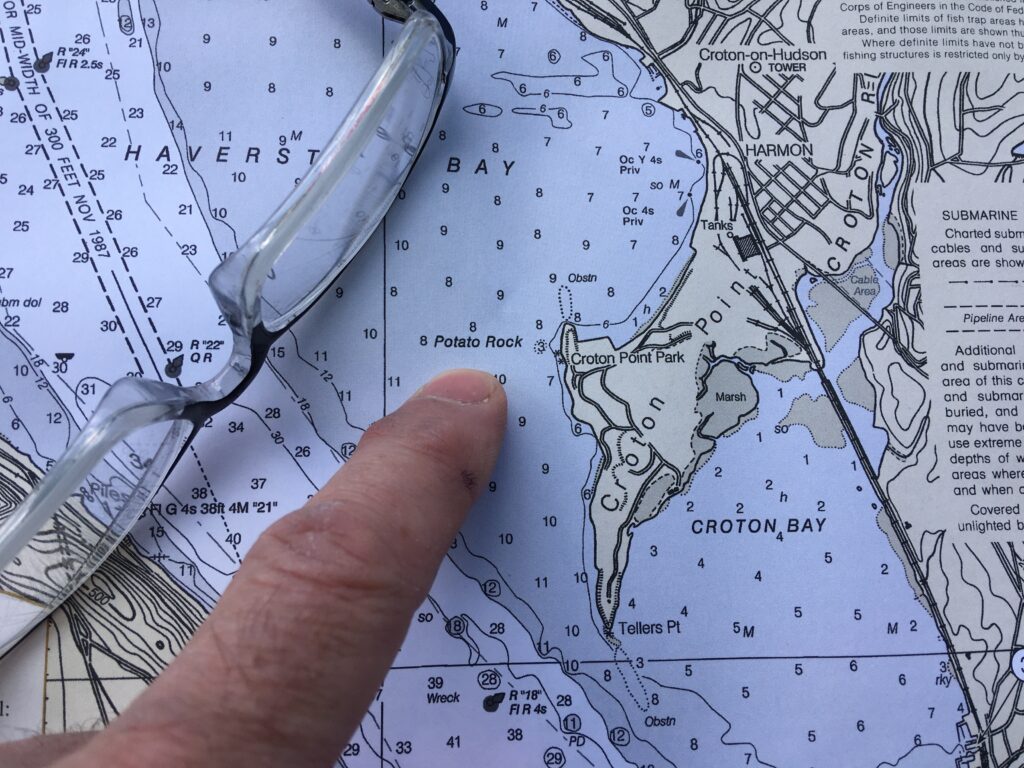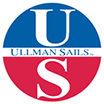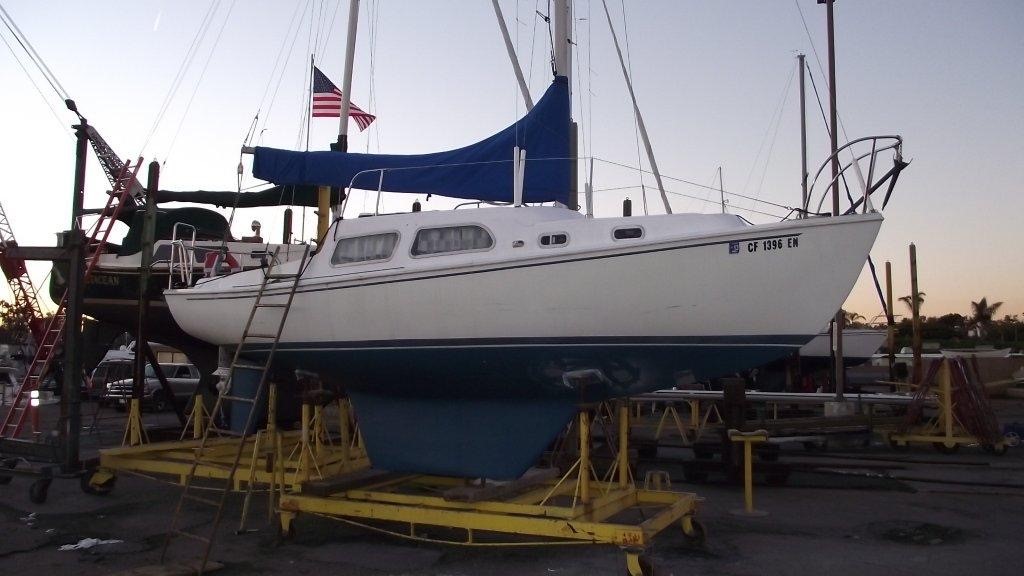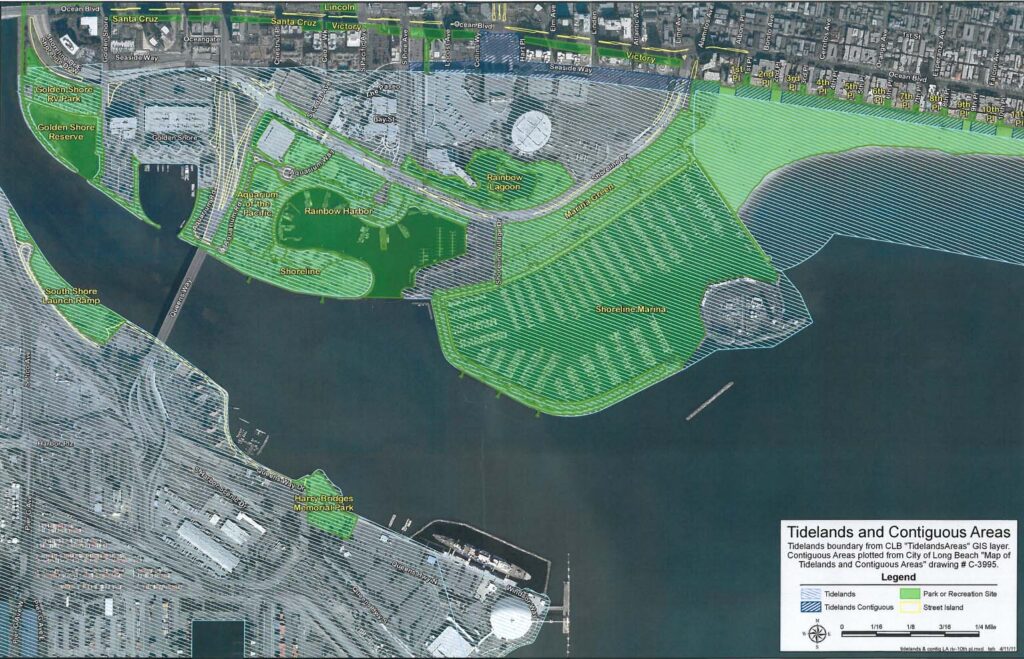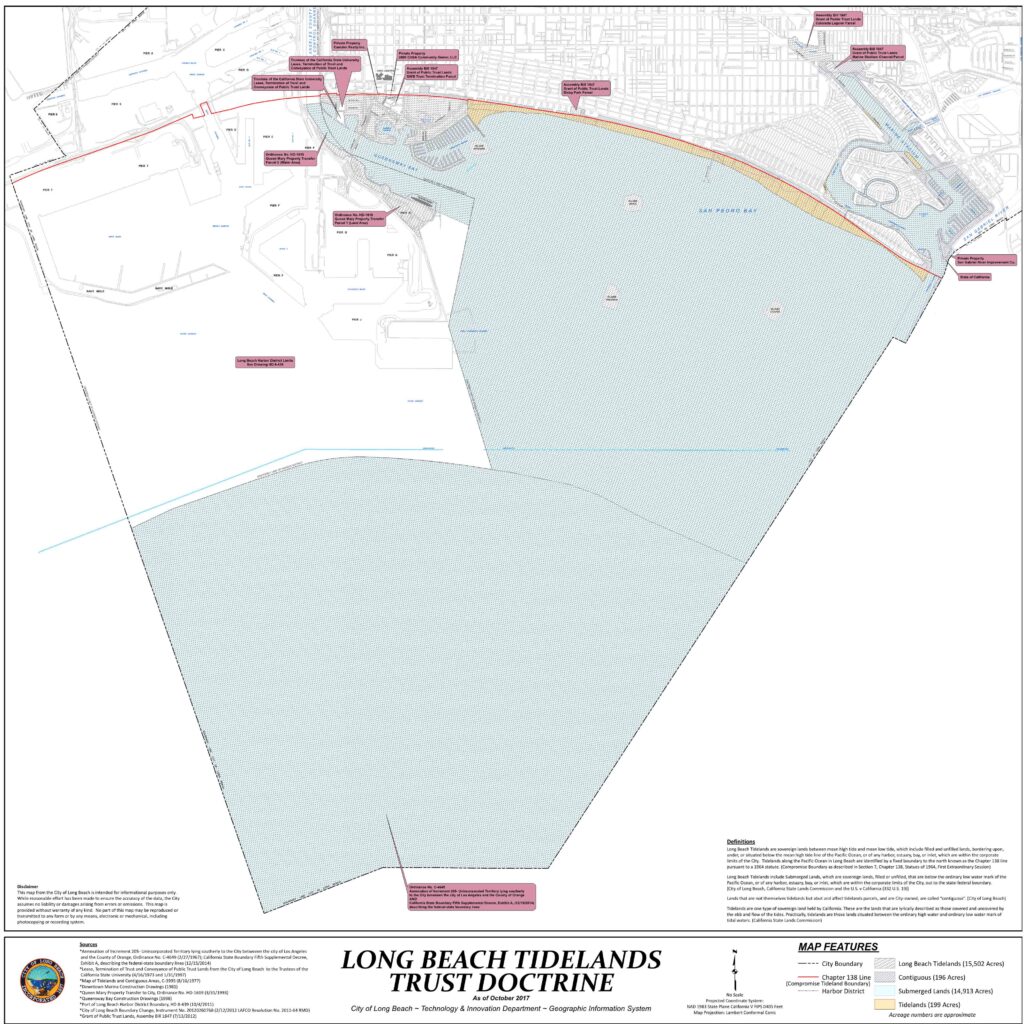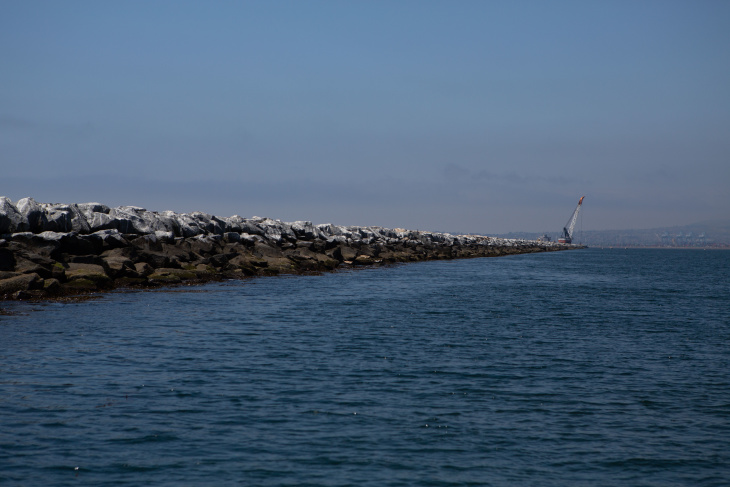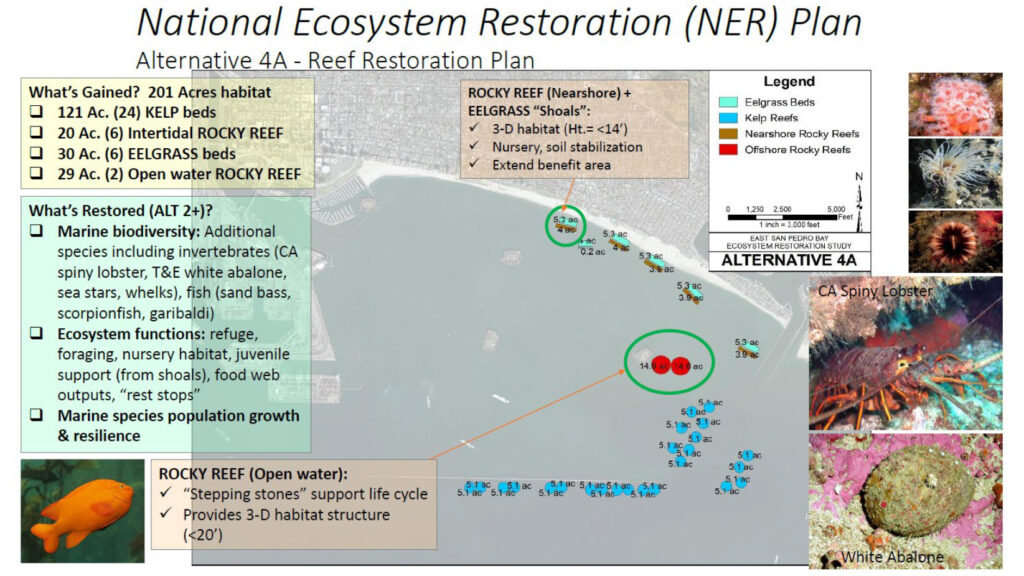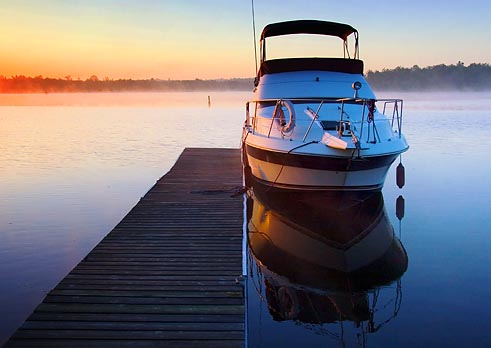The following is an open letter to the Marine Advisory Commission ABM parking lot Sub-Committee:
January 3, 2022
Submitted to: Marine Advisory Commission ABM parking lot Sub-Committee
From: Long Beach Marine Owners Association (BOA), Joan Palango, Executive Vice President
The Long Beach Marina Boat Owners Association (BOA) has a 60-year history of representing boaters’ interest to the City of Long Beach. We feel this collaboration has helped to make the Long Beach Marinas world-class.
We have carefully reviewed the proposals presented by Walker Consultants comparing them to relevant California Coastal Commission Rulings and the Long Beach Coastal Commission guidelines and our experience as owners of boats in Alamitos Bay Marina and have significant concerns about the recommendations.
We were hopeful this project would be unbiased respecting the views of the current stakeholders as well as the perspective of the city. We believed there would be at least some recommendations regarding safety concerns caused by the addition of 2nd and PCH especially on Marina Drive, and the flow of traffic through, into and out of the parking lots. However, thus far the scope seems solely focused on figuring out how to charge for parking. There’s been little, if any concern for safety or the equity of boat owners and other stake holders who paid for this lot.
- We recognize and understand the difficulties of conducting the research to create the plan given what we have all been through with Covid, however:
- This conversation started in 2019 when 2nd and PCH became the only paid parking facility in the area, especially considering the premium pricing and apparent lack of provisions for
no-or-low-cost employee parking. - Boating has gained popularity, especially during Covid, and the marina has a very high occupancy rate.
- California Coastal Commission and Long Beach Local Coastal Program (LCP) guidelines were not followed.
- In the many meetings that have been held on this subject we have tried to explain our situation and are frustrated as our concerns have, for the most part, not been acknowledged or addressed.
- Most of the time there is sufficient reserved parking for boat owners. We do acknowledge that sometimes the public parking areas are crowded or full. The shortages we, as residents, have observed is caused by 2nd and PCH overflow, Ballast Point and some special events. We feel the overflow is mostly 2nd and PCH employees who are not provided free parking by their employers, and since it’s $30/day to park there, it’s obvious they would walk across the street to our free parking lot.
- We think the popularity of Ballast Point exceeded many of our expectations. Other than the parking overflow we’re told it also causes problems for other merchants in the Landing. But even more important is their clients have fallen in the water and been rescued by boaters or got themselves out of the water by climbing up our swim steps since swimming is not permitted and there are very few ladders in the marina.
- Expecting boaters to take on the burden of schlepping gear on bikes or busses, parking in remote areas, paying for parking and ending agreements with long-term stakeholders is unconscionable.
- In the Plan there is an apparent attitude of entitlement by encouraging non-marina related activities and a lack of appreciation for the boaters and merchants who have funded the marina, the contractual rights granted in leases to the current stakeholders and the spirit of Coastal Commission rulings.
- This conversation started in 2019 when 2nd and PCH became the only paid parking facility in the area, especially considering the premium pricing and apparent lack of provisions for
- Coastal Commission: Relevant Sections:
30224: Increase recreational boating use, limit non-water-dependent land use causing congestion
30234: … recreational boating industries shall be protected… upgraded… and not be reduced…
30213: Lower cost visitor and recreational use shall be protected and provide for
20234: favors commercial fishing and recreational boating usage above all other business-like restaurants.
Feb 2003: 5-92-050-A2: ABM Landing: general public, first-come, first-served, 2 hours free parking, $1/30 minutes, max $10,
Feb 2016: 5-92-050-Item F20C Addendum, Ballast Point: Terminated parking fees, valet parking, removed 2-hour parking restriction, removed parking restrictions signage in parking lot, remove traffic control electronic arm at payment kiosk.
Embarking on a plan to frustrate use and enjoyment of activities and services for recreational boating is clearly forbidden.
The Plans idea of “equity” use of fishing, bicycling, pedestrians, and attendees of Farmers Market does not justify a “need” to discourage boaters’ use of their boats by making it expensive, inconvenient, or reducing the number of parking spots.
- Long Beach Local Coastal Program (LCP) relevant notes:
- “Alamitos Bay has probably reached near-capacity regarding human uses and ecological viability.” (Local Coastal Plan, Feb 1980, updated Oct 2020, Page III-R-6)
- The LCP states: “Not less than 0.75 parking spaces per boat slip shall be maintained”
- According to Walker there are 1295 slips in ABM.
- 1295 x .75 = 917.25.
- 753 spots are assigned, including ADA restricted boat owner spots.
- This calculation points out a shortage of 218 parking spots for marina boat owners.
- 90% of marina operations are paid by slip fees, 8.6% by retail restaurants and other concessioners and the balance small percentage is collecting fines or parking tickets and the like. The current complement of restaurants and retailers are in line with the LCP and maximize what is currently permitted. Many tenants are long term, Little Ships being here before the Marina was even built and then there is the San Pedro Fish Market opened late in 2019.
- Of the 2,654 parking spots in the marina Walker calculated 1841 public parking spots. However, if all lease agreements to merchants, boaters, yacht clubs, marine operations are considered 100% of the parking spot have some type of legally binding agreement attached to them. There is some ambiguity about agreements with the tenants in Alamitos Bay Marina Center where Seal Beach Yacht Club, West Marine, Schooner or Later are that could make the number of parking spots with legally binding commitments as high as 3,619. Under contract law ambiguity is resolved against the party who drafted the contract.
- The city has a duty to respect the property rights of the parking spaces that are included in our leases. Imposing paid parking on any of us would violate the terms and conditions of the Leases which are legally enforceable. Does the City really want to go down that path??
- The study did not fully leverage Marine Bureau expertise and responsibilities and did not recognize the uniqueness of a marina.
- Primary concern for marinas is running a “Clean Marina.” Long Beach has been certified since 2006. The Clean Marinas California Program was developed to provide clean facilities to the boating community and protect the state’s waterways from pollution.
- The marina is BIG business. We are paying for the $114 Million bond without the help of the city or the Tidelands fund.
- We have covered the cost of parking lot refurbishment, repairs, and restriping as requirement of the bond we have been covered. And we have sufficient reserves to now dream about and execute a new 5-year plan.
- A City audit performed in 2011 points out the Marina Operations are funded 90% by slip fees and 8.6% by concession/retail lease funds.
- When we asked where any revenues from the parking lot meters would go, we were told they’d go to the Tidelands fund. So of course, we would receive no benefit. However, we have been asked to make many adjustments and sacrifices. I think you will agree that is not equitable or reasonable!!
- We’re a marina, not a beach. In fact, the nearest beach is a 5 minute drive or 19 minute walk.
- Many of the non-marina actives the plan has suggested are not allowed in the marina: Fishing, Swimming, trespassing on the docks, using boat owner restrooms.
- The homeless problem is as prevalent in the marina as in other parts of Long Beach. Homeless people have “camped out” illegally on our boats which are our homes away from home. Marine Patrol is in the process of adding gates so that they may effectively remove homeless people from privately owned boats that are ours not theirs.
- Marine Bureau employees belong to a Union and the Marina has long-term contracts with vendors to provide many of the services that the Plan suggest being outsourced. What does the cities HR have to say about that?
- Marine Patrol will always have responsibility to protect the docks.
- So, we have to ask who will benefit? Seems pretty high risk and low return to the city.
Maybe the subcontractor benefits?? Just saying.
- In addition to paying a fee for our slips boat owners contribute in many ways to the Long Beach economy as well as the County
- ALL Boats in ABM, regardless of primary residence address, pay property tax to Los Angeles County. Property Tax is 4% for most recreational boats sail or power.
- 968 (29%) of ABM slip holders are residents of Long Beach
- 610 (63%) of Long Beach residents live in District 3
- 130 (10%) are live-abords
- Paid parking is a tax on using one’s boat.
- Each slip permittee listed as the legal owner may obtain boat owner parking permits included as part of the boat slip fees as follows:
- The majority owners, 50%+ (those who own a majority of a boat) may receive up to four parking permits.
- Minority partners, owners with less than 50% (non-majority owners) receive one parking permit. Per the City, most partnerships are made up of two partners.
- Parking permits are included as part of the boat slip fees.
- As mentioned in the Plan most marinas include parking for slip owners.
- Each slip permittee listed as the legal owner may obtain boat owner parking permits included as part of the boat slip fees as follows:
- Importance of Regatta and Sailboat Races.
- In San Pedro Bay there are 240 scheduled races per year sponsored by 14 area yacht clubs.
- Organized racing for owners of non-class boats in the Long Beach area was originated in 1937in Long Beach. Seal Beach YC started PHRF races in 1964. In 1967 The Association of San Pedro Bay Yacht Clubs was established to coordinated with the yacht clubs, crate an annual calendar, and inform the US Coast Guard of upcoming races.
- There are races almost every day of the week year around. While there are more races in the summer, big race events such as Southern California Yachting Association (SCYA)
Midwinter and Seal Beach Yacht Club Saturday and Sunday Sailors are held in winter.- SCYA started their Midwinter Regatta in 1928. Over the last 10 years the regatta has consistently attracted about 600 boats through 25+ host venues. Four area yacht clubs sponsor Midwinter regattas in San Pedro Bay.
- Seal Beach Yacht Club hosts 10 regattas from November through February attracting an average of 30 boats per race and 5 to 10 crew per boat.
- Seal Beach Yacht Club race program entry fees contribute 4% to total revenues and after race parties at the club contribute 15% to our food and beverage program.
- Current Stakeholders considerations
- West Marine is one of the very few boat retailers in southern California within walking distance of a boat.
- Seal Beach Yacht Club:
- 39% of members have boats in ABM, 7% in Shoreline. 61% of members DO NOT have boats in ABM.
- 74 are Long Beach residents, 57 live in District 3.
- Club racing program entry fees contribute 4% of total revenues and 15% of Food and Beverage (F&B) sales. Rentals of the club account for 8% of revenues and 15% of F&B sales. The club would be put out of business if these programs were not supported, and free parking is an important part of the value equation.
- Navy Yacht Club and Little Ships Yacht Club are also very active clubs with racing and social programs.
- Disconnects:
- A HUGE misunderstanding is that the parking lot is “one of the most valuable resources at ABM.”
- And according to the plan ABM parking is ancillary to the use of the area as a marina and secondary to the businesses associated with the marina. NO.. The parking lot is integral to the marina and providing us access to our boats. There are established precedents stating that multiple fees cannot be charged for activities that are tied into each other (ie: slip fees and parking fees to use the slip).
- Most visits to boats include doing repairs, provisioning, etc. to enjoy their homes on the water. One of the most frequent complaints by marina residents is there are never enough dock carts.
- The study includes use of incentives for alternative transportation such as riding a bus is absurd and would likely not be used.
- Bus Route 131 does not operate on Sunday, stops 31 times with nearest stop is in Belmont Shores, and there has not been a study to determine how many, if any, boaters live along this route.
- The study implies an employer-employee relationship between boat owners and tradespeople. Workers are NOT employees. There is no employer-employee relationship. Most are independent contractors.
- The plan Provides four parking passes for boats owned by partners but will only allow 2 cars to be parked in the marina at the same time. Ludicrous. Partners need to work on their boats together and often use their boats together.
- They plan on creating dedicated long-term parking areas. If you leave your vehicle for more than 72 hours you will have to move your vehicle most likely to Basin 2 regardless of where your boat is. Also, an unrealistic non-starter.
- And, if that’s not enough they will end reciprocal parking arrangements between ABM and Shoreline. Seriously!?
- Requests
- Address the circulations problems in the ABM parking lot caused by the addition of 2nd and PCH. Of special concern is the safety of pedestrians especially at night. Also, traffic flow entering and leaving the parking lot needs to be addressed.
- Follow all spirit and rulings from the Coastal Commission and Long Beach Local Coastal Program (LCP).
- Walker should be transparent and provide cost and ROI estimates for their proposals.
- Recognize the financial investment current long-term stakeholders have made which allows the Marina Enterprise Fund to be self-funding and does not burden the City budget.
- Additional revenues are to be used as directed by the bond covenants to pay for improvements to the marina.
- Do not incur costs associated with changing existing lease and union contracts that would materially alter the expectations and obligations under the current lease and breach the City’s duty to respect property rights and union contracts.
- Do not incur costs for more studies and the procurement of parking meters, restriping, especially considering the of more pressing financial issues facing the City. Especially consider the various Coastal Commission Rulings that do not favor charging for parking.
- AND THEN.. We have concerns regarding the new Marina Shores multi-use development, including up to 500 residential units. This has not been analyzed or referenced as part of this study, though it is obvious the whole area is in a state of change. Please don’t make the same mistakes with that development. We are not anti-growth. We want the city to honor commitments that have been in place for 60+ years, recognize the uniqueness of the Marina, and stay within all Coastal Commission guidelines.

